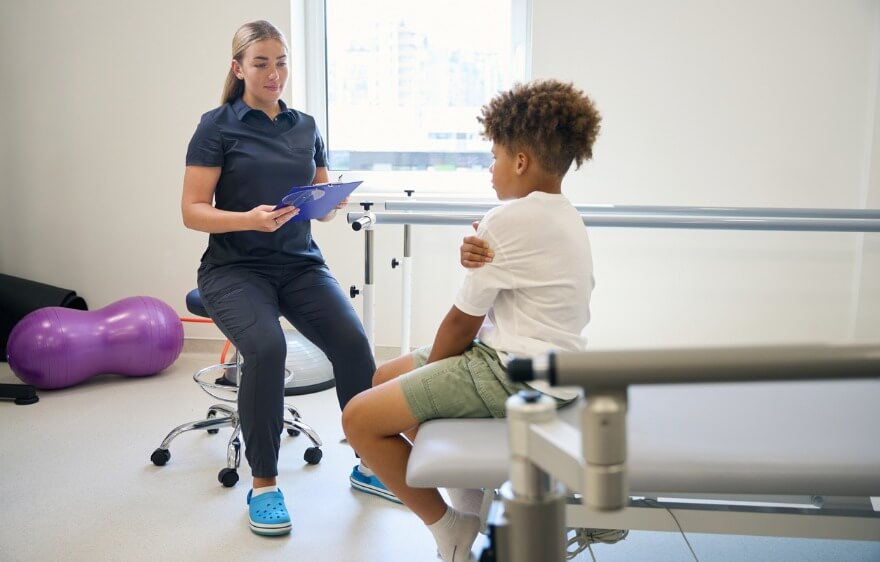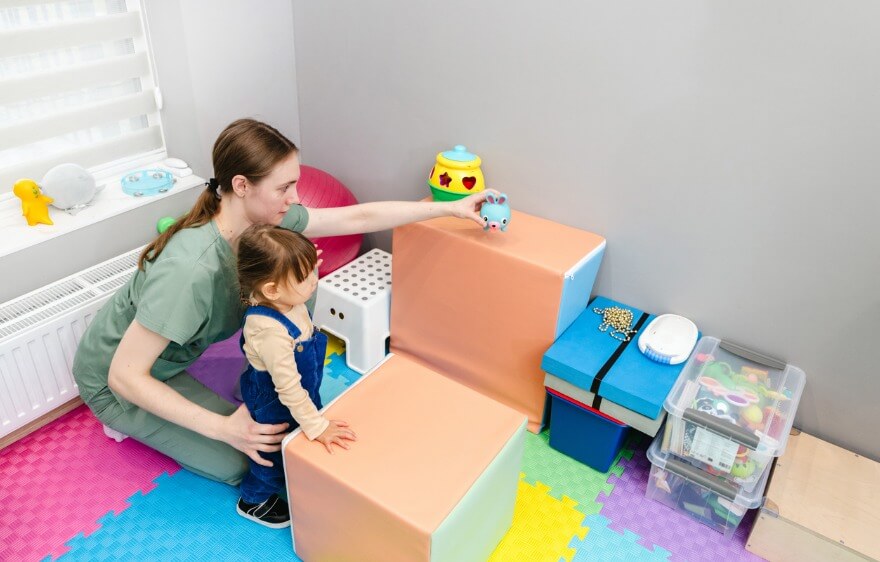Language is the basis for learning in schools, and many of our students have goals related to vocabulary, organizing narratives, and critical thinking to support comprehension.
This article from ldonline.org outlines strategies students can use to understand, organize, remember, and think critically about what they read. Let’s imagine you are teaching comprehension strategies to 4th graders studying the Oregon Trail. One strategy at a time, they need examples of how and when to use it, and then practice, practice, practice!
A 4th grader could:
- Practice chunking by learning to summarize information after each paragraph in their textbook. They could summarize verbally, write a phrase or two, or draw a picture that will remind them what the paragraph was about. The same activity could be done at pauses between verbally presented information.
- Explore visual organizers by using them to organize information from the text or the classroom discussion. Try out different ones. Are some organizers more suited to the topic than others? Could you draw your own?
- Challenge. Could a visual organizer be completed with only pictures and symbols? No words? Choosing a picture to represent each idea can help in remembering the information later!
Talk with your supervising SLP about modeling and teaching strategies like ‘chunking’, using visual organizers, finding ‘visual hooks’, and creating mnemonics.
SLPAs and paraprofessionals should always operate within the scope defined by state and national licensing organizations and should only conduct allowable tasks under the supervision of a speech-language pathologist.





